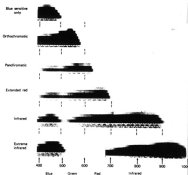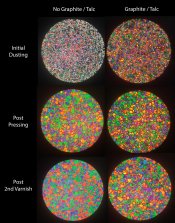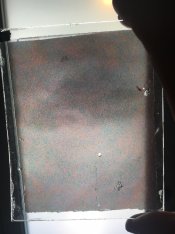Photo Engineer
Subscriber
Denise, I have no "pan" dye to recommend OTOMH, but they do exist and there are examples in my book. Here are some examples. Unfortunately, I don't have the structures and I would guess that even if I did they would not be easily obtained.
As for your results, you may just be lucky or you may be sensitizing two different grain types if you have an odd frequency distribution of grain sizes or types. There are exceptions and reasons for these exceptions in every facet of emulsion making.
PE
As for your results, you may just be lucky or you may be sensitizing two different grain types if you have an odd frequency distribution of grain sizes or types. There are exceptions and reasons for these exceptions in every facet of emulsion making.
PE





